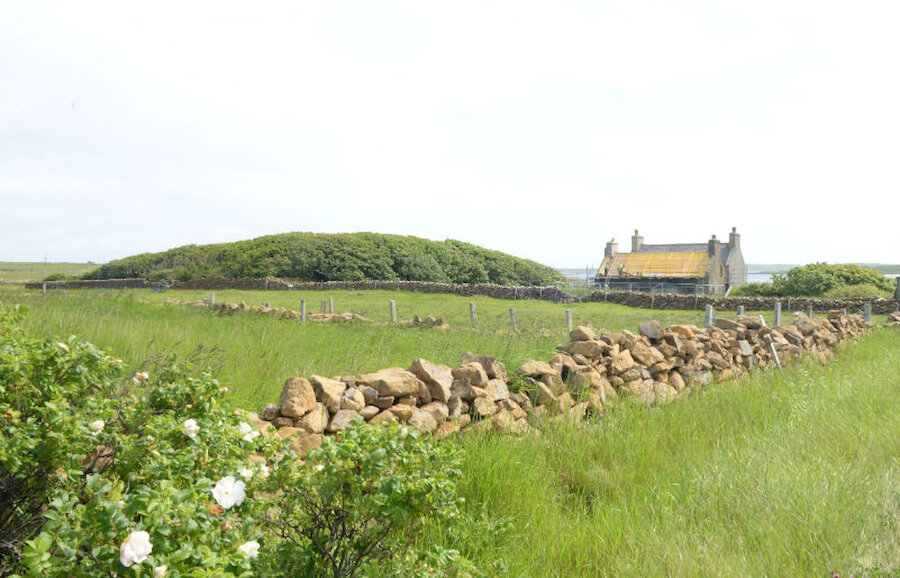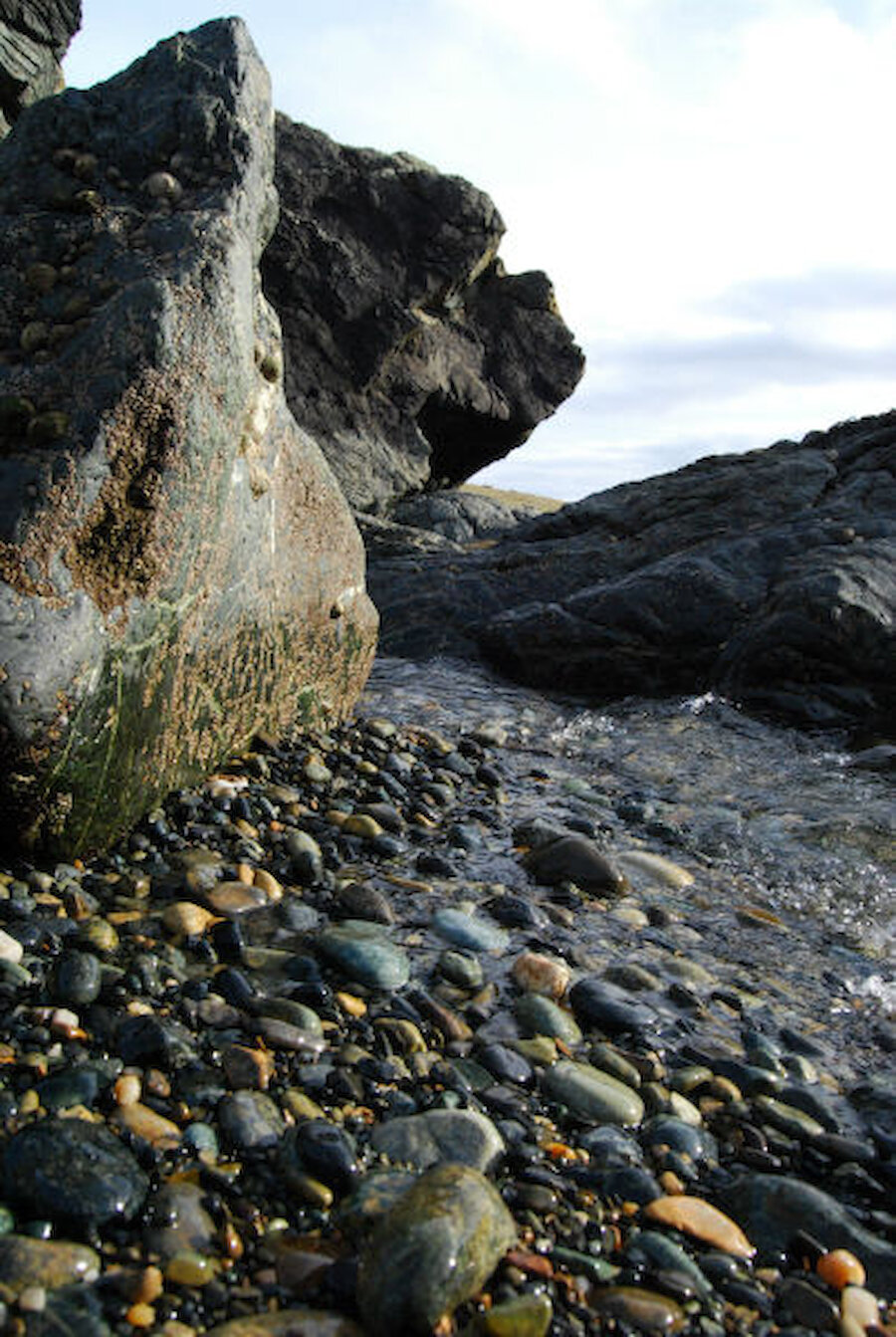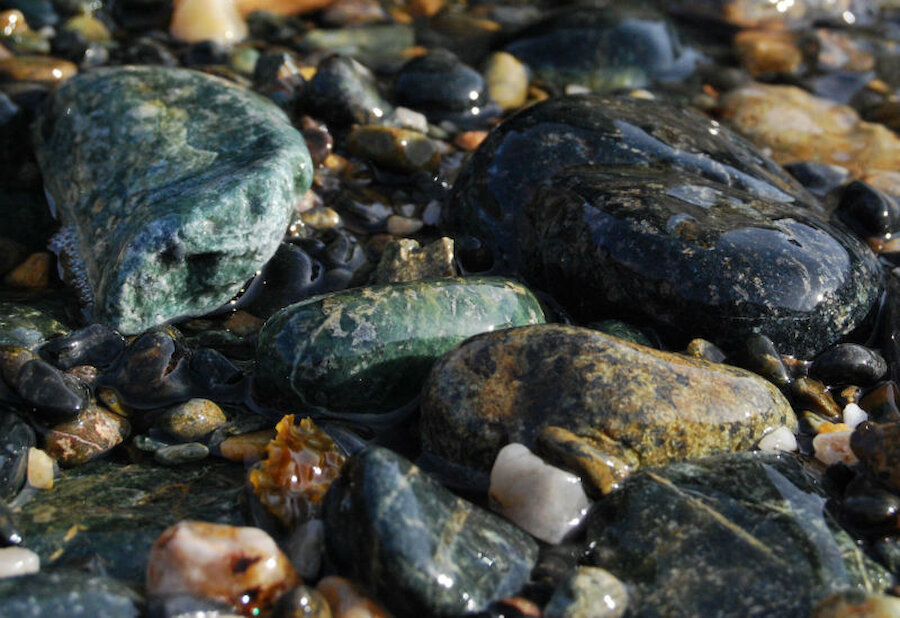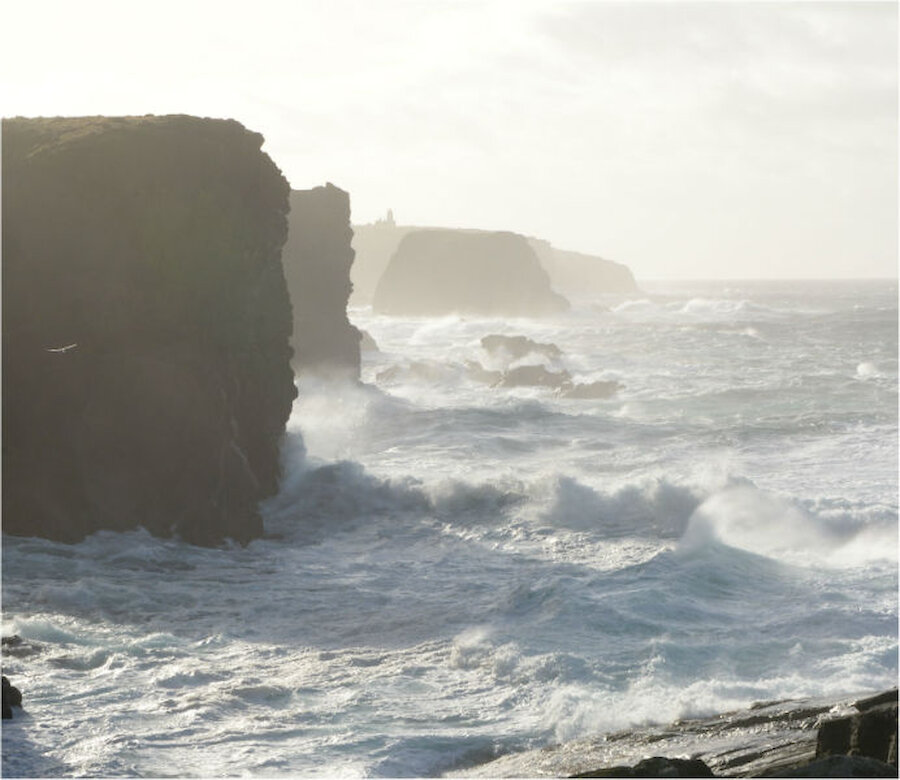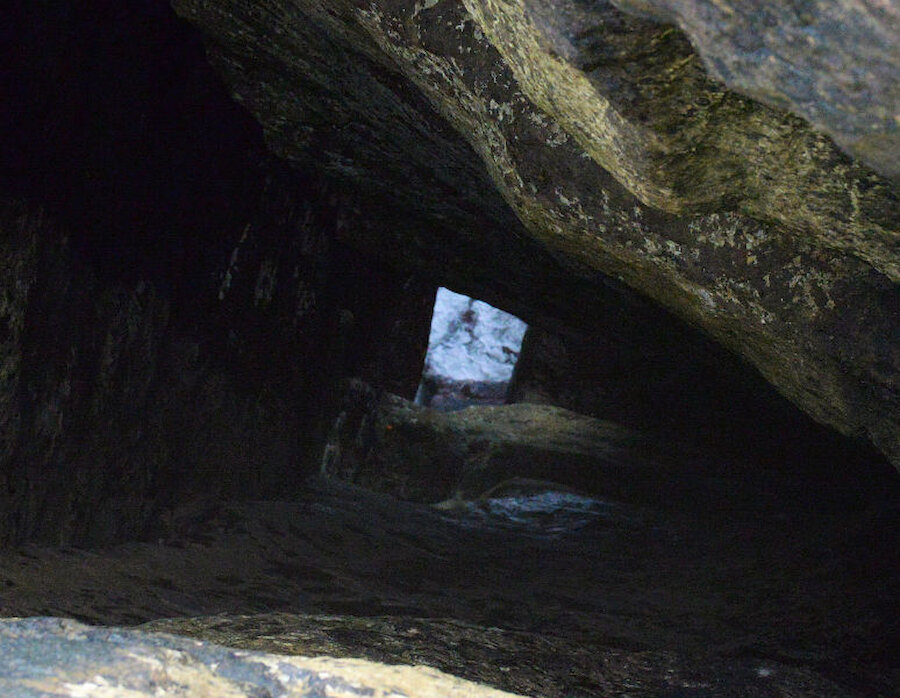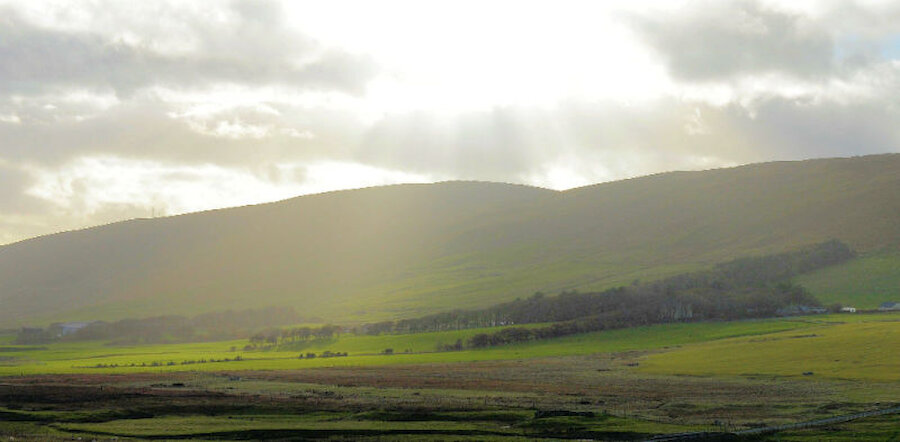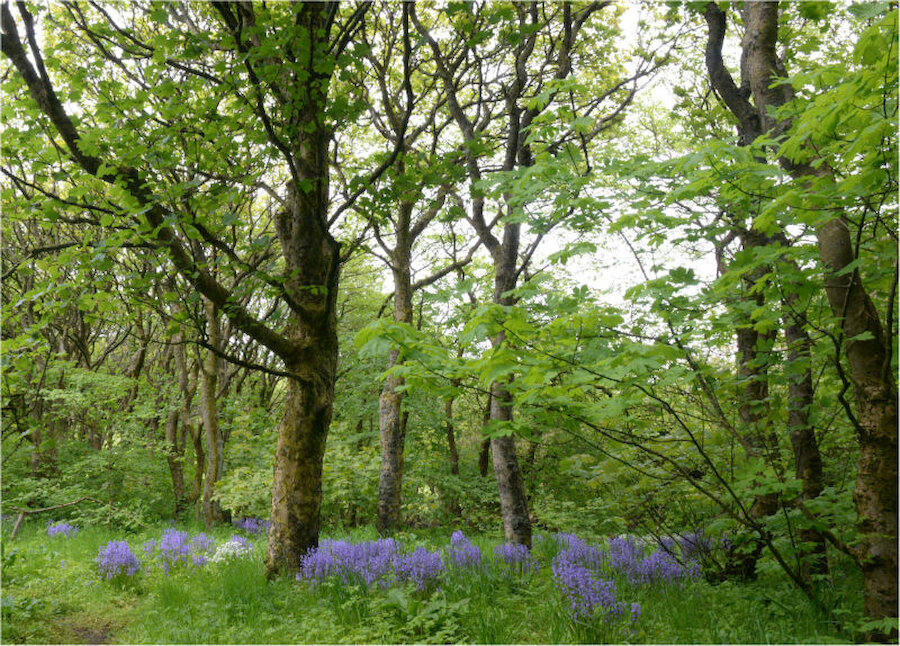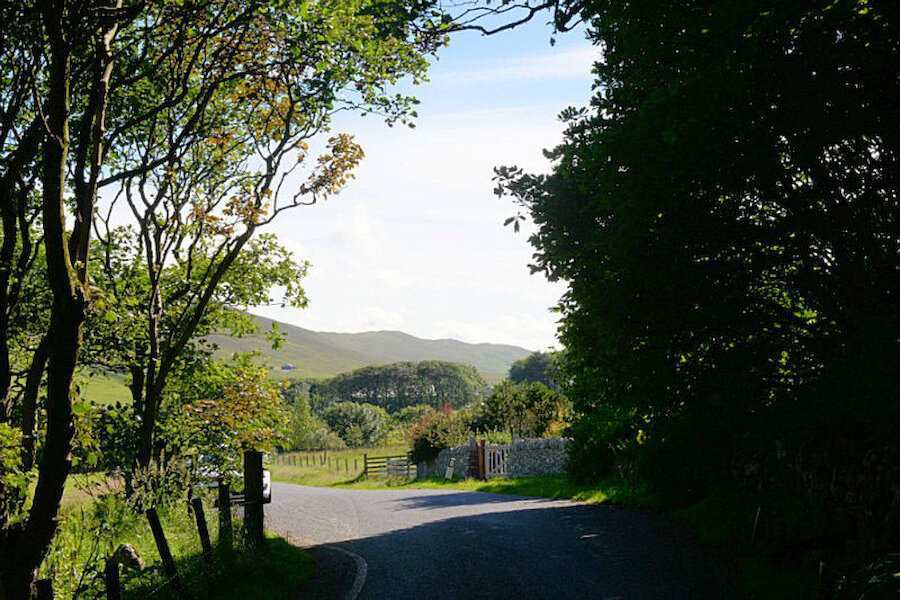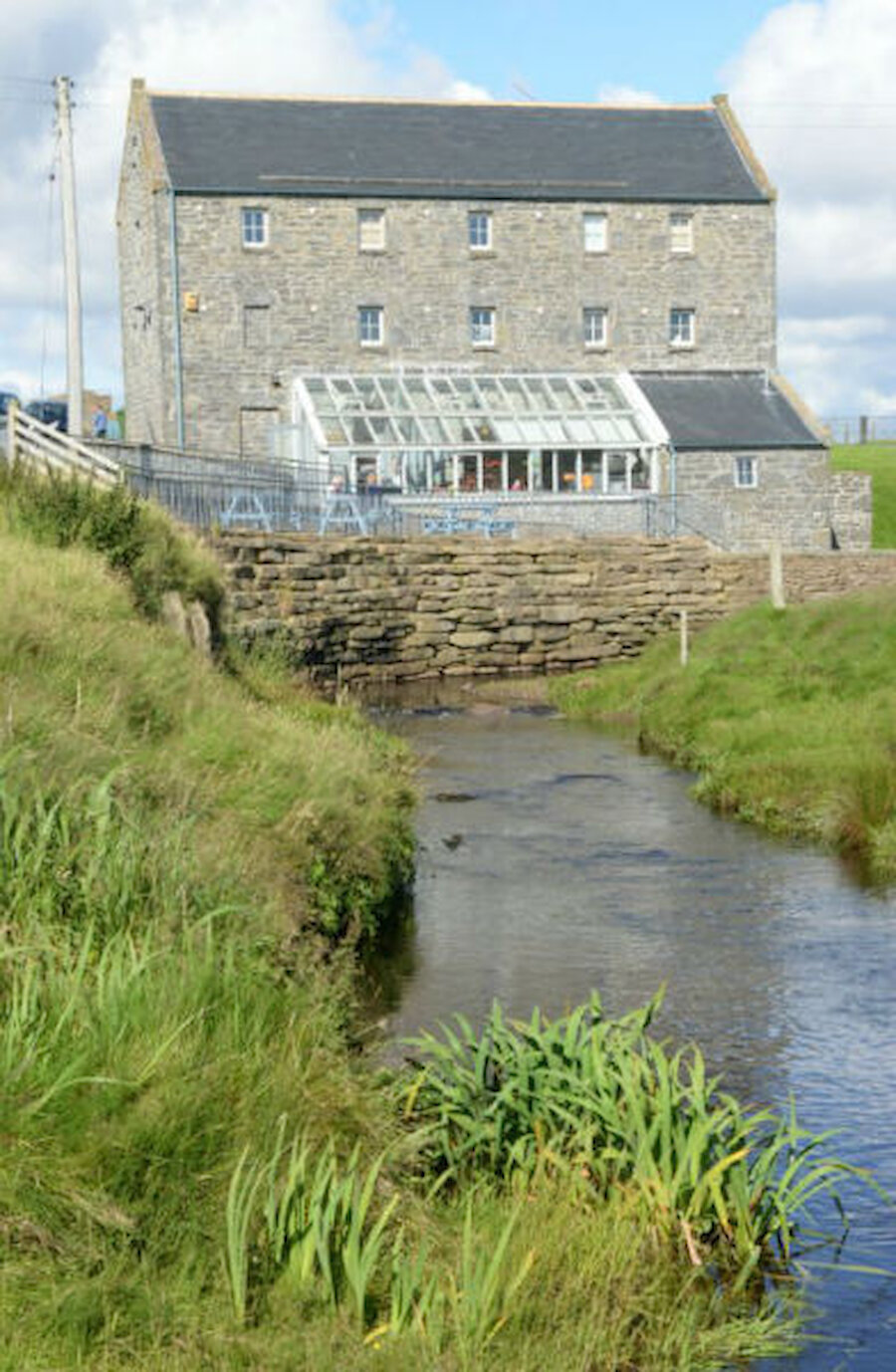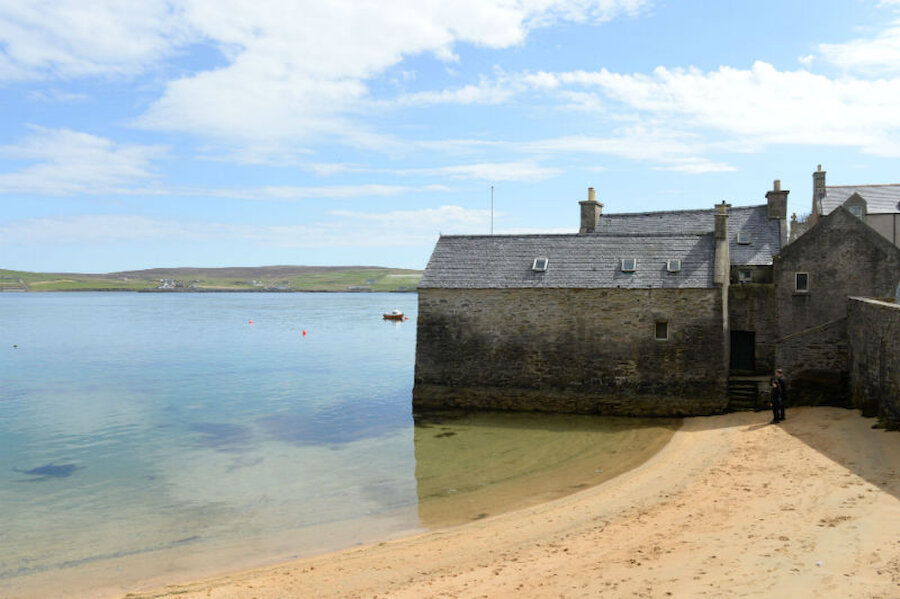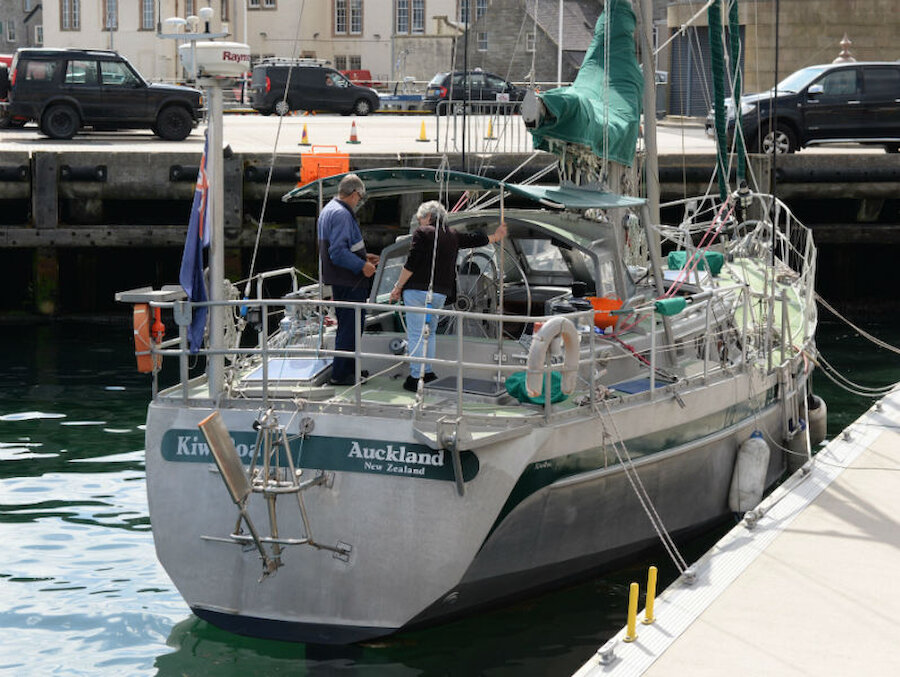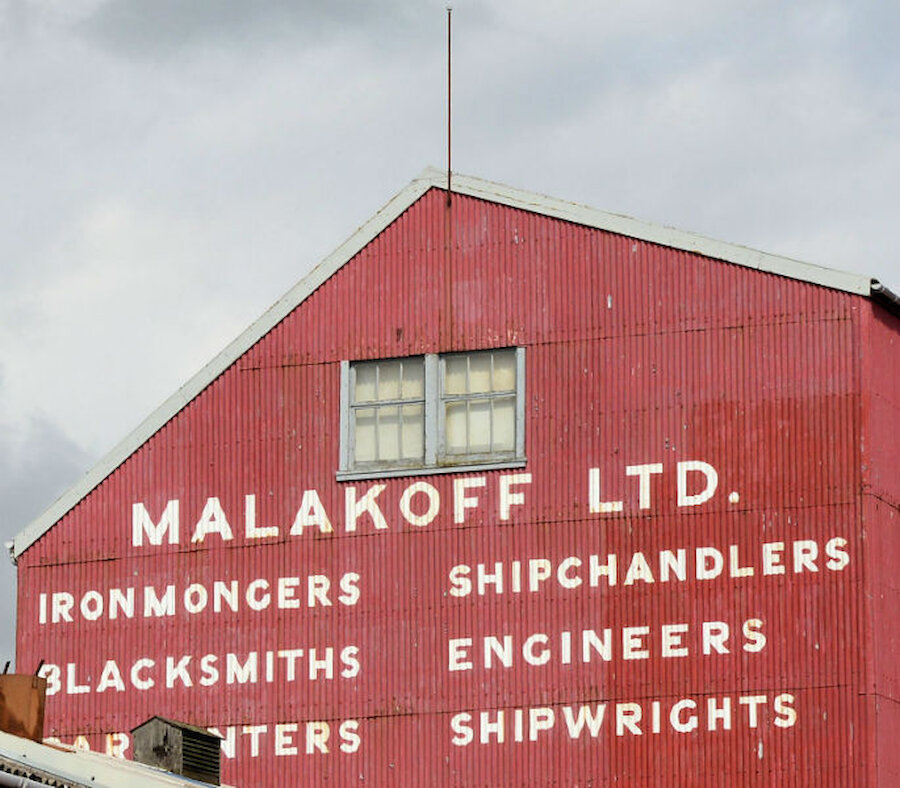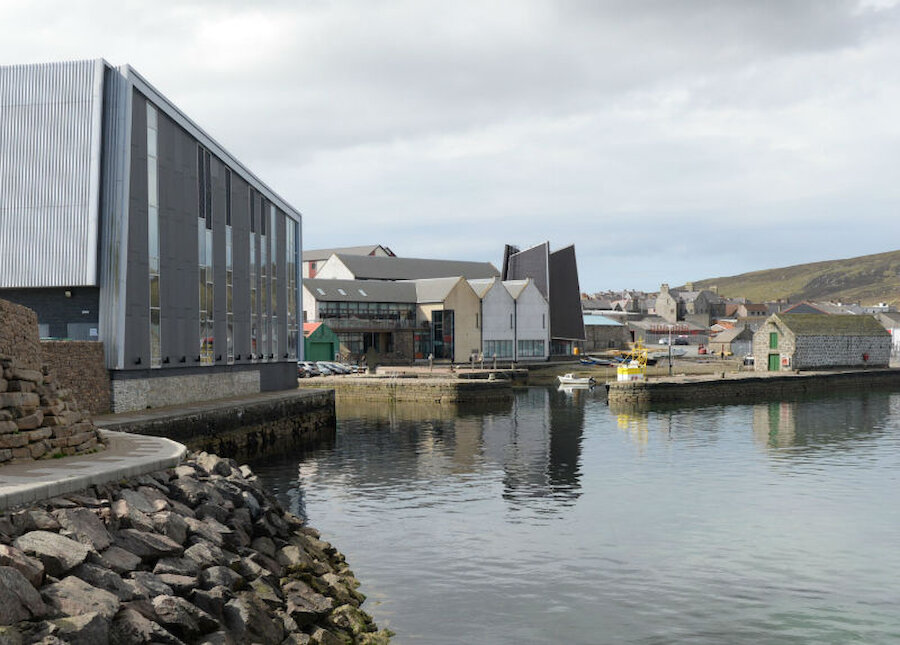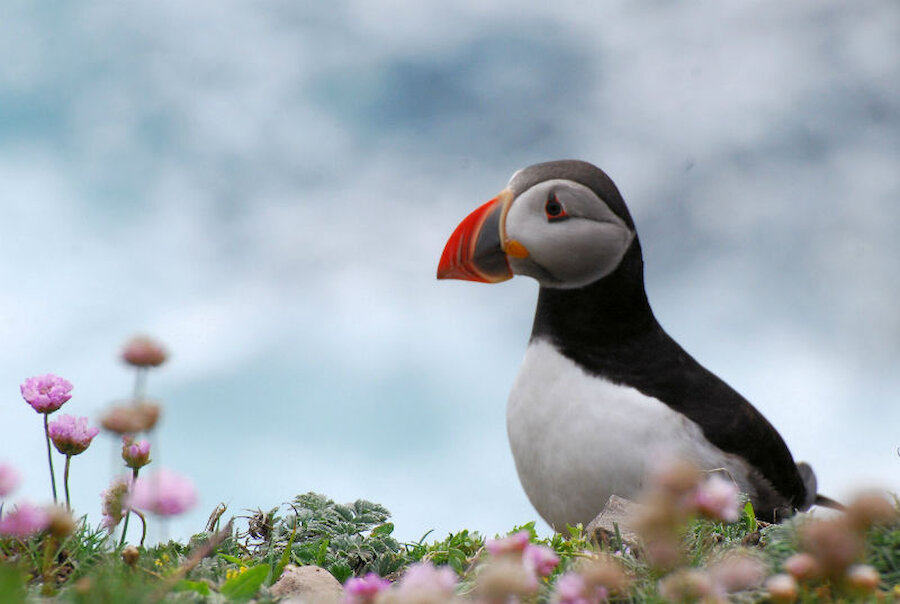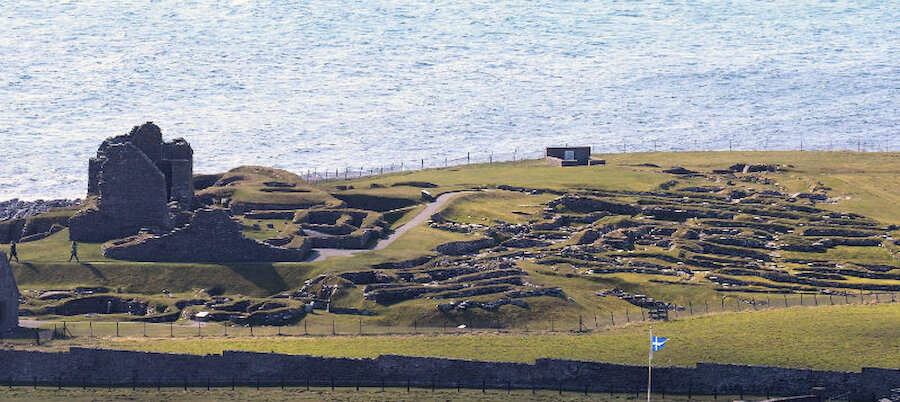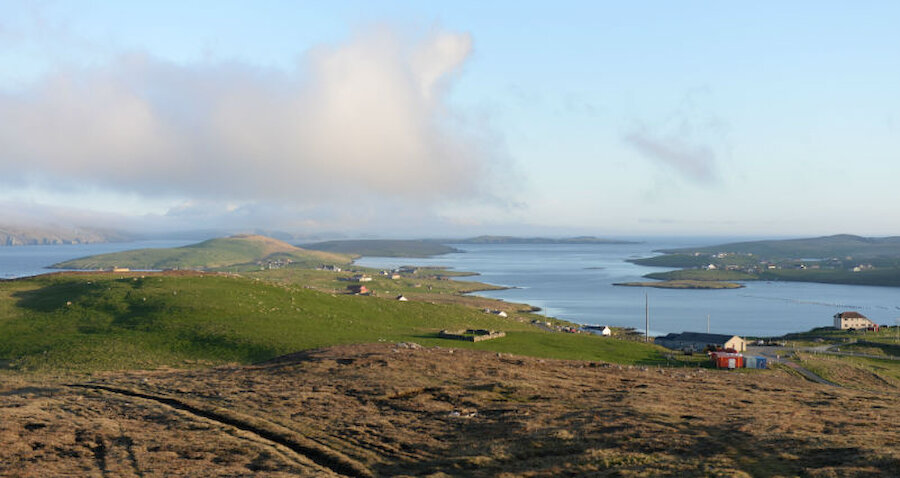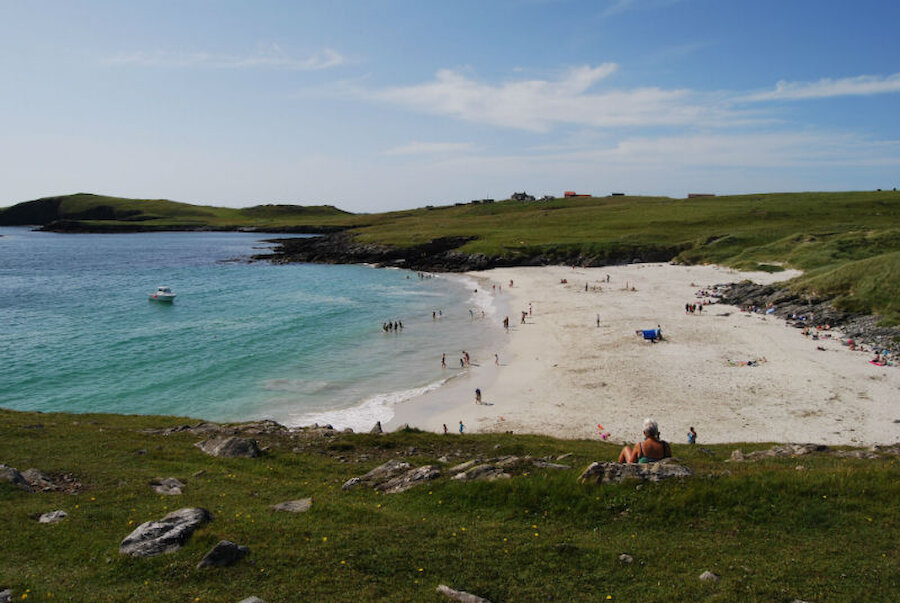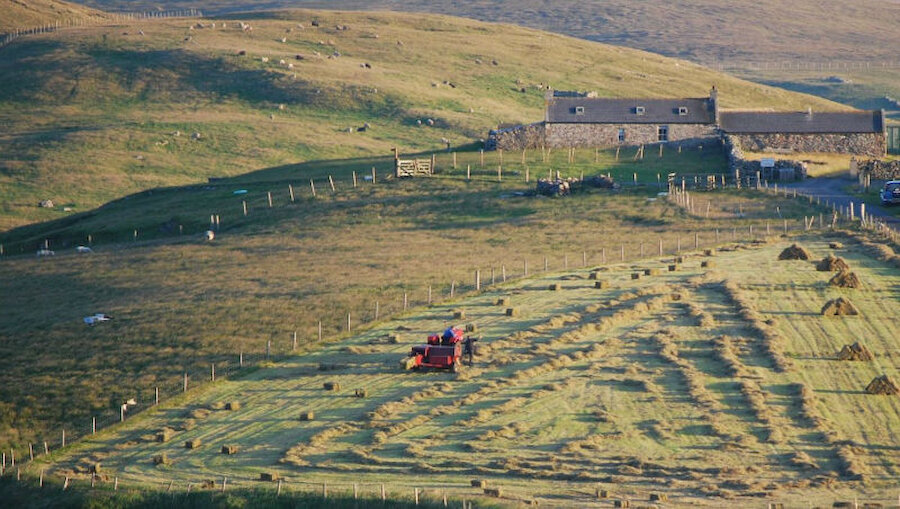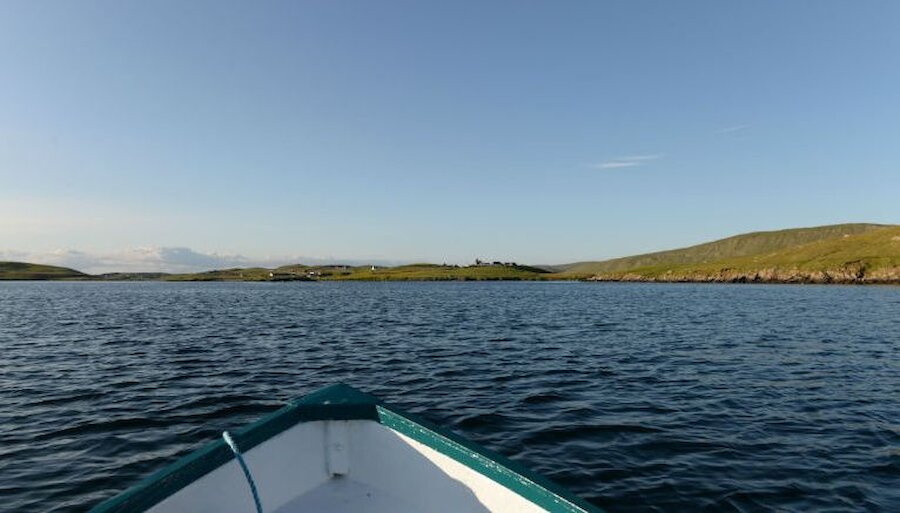‘Write about five favourite places’, they said.
Now, that’s a challenge. There are lots of places in Shetland that I love. What to put in? And what – much more difficult – to leave out? In the end, it’s a very personal choice; but here goes....
Let’s take it from the top: the island of Unst. It’s Britain’s farthest north, of course, but there’s much more to it than that. Hermaness National Nature Reserve is known for its seabirds; but carry a stick above your head to deter dive-bombing Bonxies (Great Skuas). From Hermaness, you can look north to the Muckle Flugga Lighthouse and, beyond it, the last bit of Britain, Out Stack.


